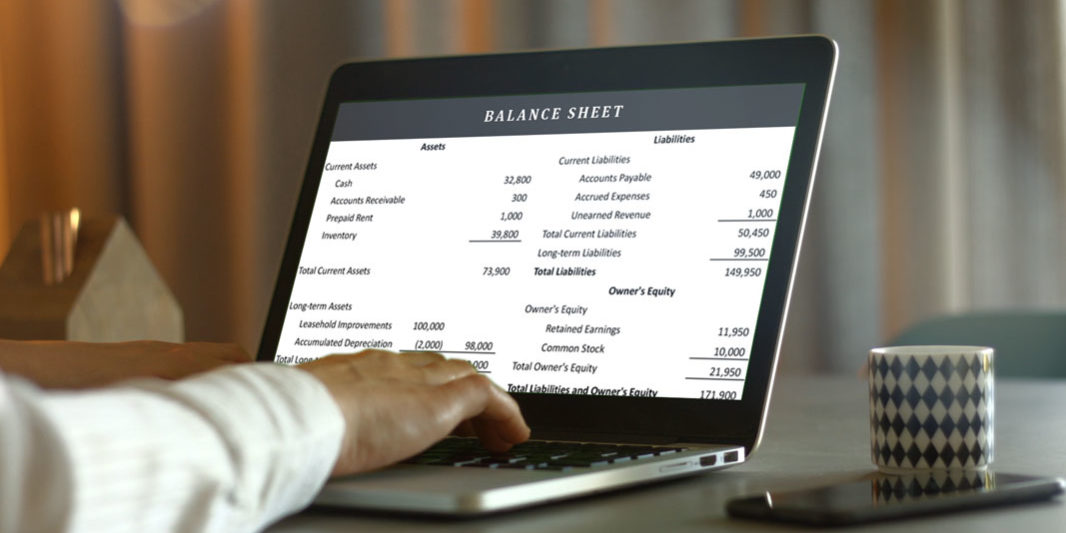In the accounting procedures, there are two methods of recording accounts viz. Accrual basis of accounting and cash basis accounting. Accrual accounting is a financial accounting method that allows a company to record revenue before receiving payment for goods or services sold or expenses are recorded as incurred before the company has paid for them. In other words, the revenue earned is recognized on the company’s accounting books regardless of when cash transactions have occurred. Cash accounting only records the revenue when the cash transaction has occurred for the goods and services.
The accrual basis of accounting is backed under both generally accepted accounting principles (GAAP) and International Financial Reporting Standards (IFRS). Both of these accounting frameworks provide guidance regarding how to account for revenue and expense transactions in the absence of cash receipts or payments.
Matching concept: The matching concept exists only on accrual accounting. This principle of matching concept requires matching revenues with expenses incurred directly for the purpose of revenue earned and reporting both at the same time. It is mandated by the statute that all large scale corporates to follow accrual accounting to reflect the true and fair picture of the financials of the business in line with matching concept and prudence principles. A small business may elect cash accounting as the accrual basis of accounting requires a certain amount of accounting expertise.
In accrual accounting estimates are used to make the financial statements more complete, usually to anticipate events that have not yet occurred, but which are considered to be probable. Examples of accounting estimates are a loss provision for bad debt, and a loss provision for warranty claims, the estimated amounts of product returns, sales allowances, and obsolete inventory, etc. By doing so, all expenses related to a revenue transaction are recorded at the same time as the revenue, which results in an income statement that fully reflects the results of operations.
The system of accrual accounting is more useful when there are lots of credit transactions taking place on goods and services sold or bought. Thus, the method allows the current cash inflows or outflows to be combined with future expected cash inflows or outflows, thus providing an accurate current financial position of the business. The use of this approach also impacts the balance sheet, where accounts receivables or accounts payables may be recorded even in the absence of an associated cash receipt or cash payment, respectively. This also helps a business to identify future cash inflow and outflow and plan accordingly to use the current resources.
The significant failing of the accrual basis of accounting is that it can indicate the presence of profits, even though the associated cash inflows have not yet occurred. The result can be a supposedly profitable entity that is starved for cash, and which may therefore go bankrupt despite its reported level of profitability. An additional drawback of this type of accounting system is that the business might end up paying tax on revenues not yet received (credit).






